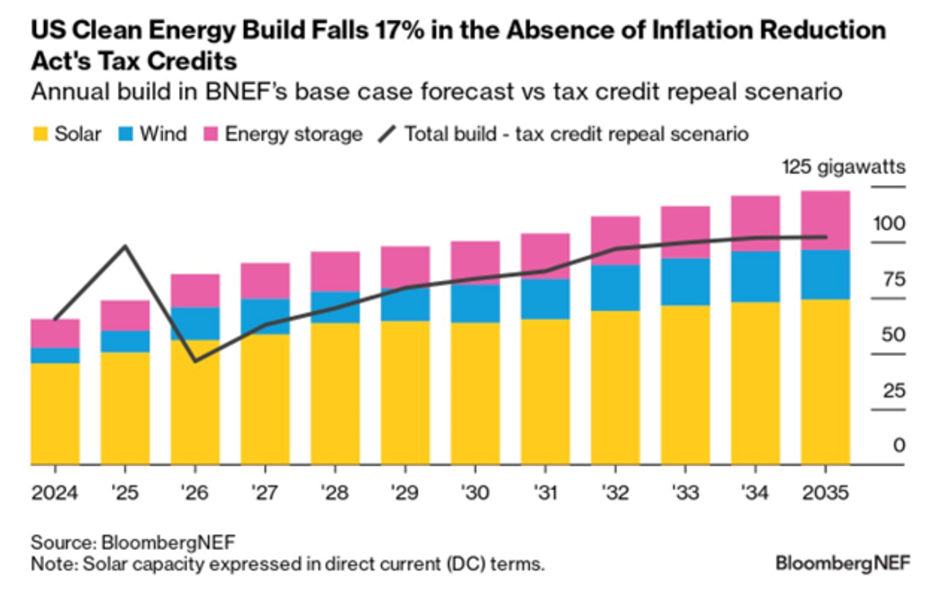Where does the idea of natural wealth really come from?
- Gabriel Thoumi

- 2023年11月9日
- 讀畢需時 4 分鐘

Last week, in “Launching Responsible Alpha’s Planetary Boundaries Series”, we alerted business leaders and financial services professionals to the ongoing destabilization of the environmental thresholds which keeps our planet running normally. As of 2023, we have breached six of the nine interconnected planetary thresholds which stabilize Earth’s environment and are approaching the maximum boundaries on the remaining three. But how are these boundaries connected to economics? What measurements might we have to change to restabilize the Earth’s ecosystems?
Consider some topline numbers. Biodiversity and ecosystem collapse is the 4th biggest global risk in the next 10 years according to World Economic Forum's Global Risks Report 2023. Ecosystem services generate a staggering $44 trillion of value per year according to a May 2023 Kepler Cheuvreux report. The potential collapse should get us to reflect more deeply on how nature underpins our economy. To prevent the staggering loss of wealth above, business leaders need to understand what wealth was in the 2020s and how it will change by 2050.
Climate and natural capital, “renewable and non-renewable natural resources on earth” that provide benefits to the human economy, are tightly woven together. Preventing catastrophic effects from human-driven climate change cannot happen without focused attention on the services nature provides in that effort. Natural capital is also not simply one more solution to the climate crisis. Rather, it gives us insight into a vast and interconnected system of planetary stabilizers, boundaries, of which atmospheric greenhouse gas concentrations are only one (albeit important) part.
Climate mitigation long commanded the most economic attention to the implicit exclusion of natural capital. Nevertheless, natural capital is a crucial piece of the planetary system. The lag in recognizing natural capital and the ecological services that flow from them reflected on the one hand a discomfort among environmentalists to quantify nature. On the other hand, economists have often treated environmental degradation as an economic externality or market failure for society or government to address, not private business. Given that companies are set to lose tremendous amounts of wealth if current growth models continue, some have argued that we need to rethink how we measure economic prosperity.
That starts with defining wealth. Simon Kuznet, one of the architects of the growth measure (usually measured in GDP) held production in such high esteem that he claimed that industrialization and the switch to a service society would be the primary driver of greater per-capita income and social equality in the long run (even if society had to suffer inequality in the short and medium term).
Similarly, Grossman and Krueger (1991) proposed that the highest income countries would see fewer Sulfur dioxide (SO2) emissions than medium-income countries. Later economists took this “environmental Kuznet curve” as proof a country could grow its way out of an environmental crisis.
Economists even in the late 2010s saw wealth as synonymous with production even as they challenged old assumptions about inequality. As Thomas Picketty explained in his Capital in the 21st Century that “it is very hard to gauge the value of ‘virgin’ land (as humans found it centuries or millennia ago) apart from improvements due to human intervention, such as drainage, irrigation, fertilization, and so on.”
While he acknowledges natural wealth (e.g. “‘virgin’ lands” Picketty’s definition) as a type of wealth, he defines “national wealth” for the purpose of tracing historic inequality as “everything owned by the residents and governments of a given country at a given point in time, provided it can be traded on some market.” Picketty’s scare quotes around “virgin” acknowledged his own discomfort with a binary way of thinking (e.g. nature on one hand and development on the other). For as long as we have had systems of exchange, people have formed and been formed by nature. Ultimately, Picketty settled on human production as the essence of wealth even as he argued that the path to reducing inequality was less straightforward than previously thought.
Some, like Jason Hickel drew on the scarcity principle and fears of overconsumption to turn calls to rethink growth measures into calls to halt growth-linked social services altogether and replace it with massive state intervention. But pulling away from growth-centered wealth generation too abruptly would put many emerging economies’ social services - tied to national champions such as state oil companies - at risk.
Not every economist saw economics through production and scarcity alone. Kate Raworth’s 2017 Doughnut Economics argued that Adam Smith supported societies that generated wealth both for individual accumulation and societal benefit. In her reading, only John Stuart Mill’s rise began the shift to seeing wealth in mostly numerical terms.
Raworth drew on 20th Century economists and philosophers like John Ruskin, Manfred Max-Neef, and Amartya Sen to reject growth as the main measurement of wealth and equate social exploitation with poverty. Raworth incorporated holistic economics and the need to operate within the specific planetary boundaries mentioned above. In her model, these boundaries were a ceiling which, if breached, would cause chaos.
By 2050, the world will have responsibly moved away from GDP as the primary measure of economic health and found new ways of measuring wealth and growth itself. It will have restored a moral purpose to economics (without neglecting business profits). It will have heeded the words of Robert F. Kennedy in 1968. He decried one growth measure, the Gross National Product, as including “air pollution and cigarette advertising, and ambulances to clear our highways of carnage” while excluding “the health of our children, the quality of their education or the joy of their play.” It will have expanded on the Sustainable Development Goals (SDGs) and looked more (but not exclusively) to indexes like the United Nations’ World Happiness Report.
Without discounting the just right to development, the world started paying more attention to health and wellbeing when calculating wealth and taking growth indicators with ever bigger grains of salt.









留言